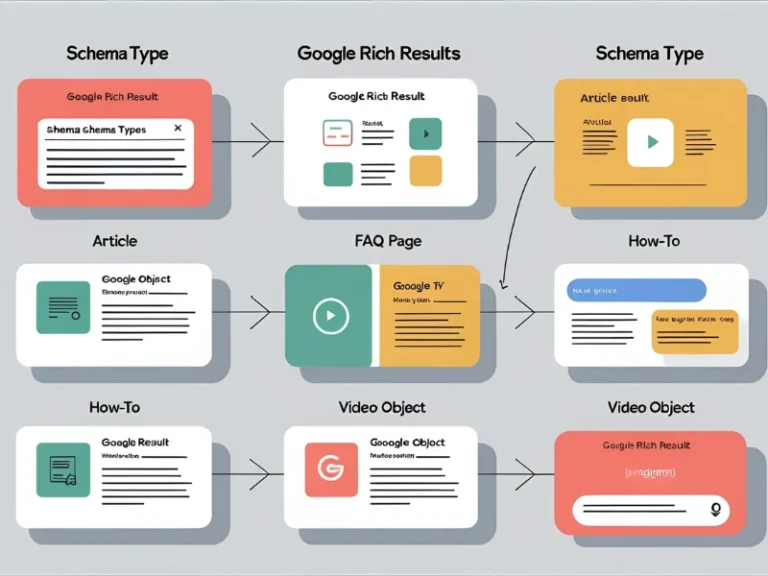What is Schema Markup?
Schema is structured data you add to your site’s HTML to help Google understand your content. It powers rich snippets, featured FAQs, carousels, and Knowledge Panels.
Why Schema Matters More in 2025?
With Google’s AI update:
Entity recognition is core to rankings
Schema helps clarify authorship, intent, trustworthiness
Sites using schema get more visibility in the SERP — even above Position #1
Top Schema Types for Marketers

1. Article
For blog posts with author, date, headline, and description. Boosts visibility and trust.
2. FAQ Pages
Makes your FAQs eligible for Google’s “People Also Ask” rich results.
3. How-To
Perfect for step-based content (e.g., “How to Set Up Email Segmentation”).
4. Video Object
If you embed explainer or testimonial videos, this schema can show thumbnail + video length in search.
5. Breadcrumb
Improves site navigation in SERP results (e.g., Home > Blog > Email Marketing)
6. Product
For E-Commerce enables price, reviews, and availability in the listing.
Tools to Implement Schema
Yoast or RankMath (WordPress)
Auto-generates schema on posts and pagesSchema.org Generator
https://technicalseo.com/tools/schema-markup-generator/Google’s Rich Results Test
https://search.google.com/test/rich-results
FAQ (Frequetly Asked Questions)
What is schema markup in SEO?
Which schema should I use for a blog post?
Summary:
Schema = free visibility in Google’s enhanced SERPs.
Use Article + FAQ + How-To schema types to boost clicks, trust, and discoverability especially under Google’s new AI-first search logic.




Pingback: Interactive Content That Boosts Dwell Time (2025 SEO Guide)
Pingback: 25 Future-Proof Marketing Blog Topics For Google’s 2025 AI Update